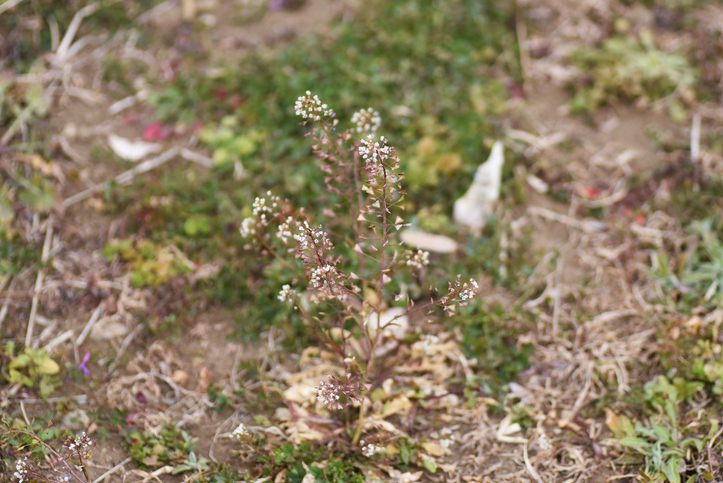The corn and soybean harvests are wrapping up, which means winter is on its way. Winter annual weeds typically sprout in late summer or fall, survive the winter, and then produce seeds in late spring or early summer of the following year.
To practice effective weed management, growers must know how to identify winter annual weeds accurately. Here are some common weeds to look out for as the temperature drops:
- Henbit— Henbit is commonly found in cultivated areas, fields, roadsides, and lawns. Flowering from March to May, it reaches a height of four to 12 inches with a squared green stem, occasionally turning purplish in later stages.
- Marestail— Marestail poses health concerns for humans and livestock due to the presence of irritant volatile oils, tannic acid, and gallic acid. Flowering from June to September, it reaches heights of 1.5 to 6 feet and is characterized by coarsely hirsute stem and leaf surfaces. The alternate and crowded leaves surround flowers ranging from white to pink with yellow centers.
- Field Pennycress— Field pennycress reaches an erect height of 1 to 2.6 feet with a branched or simple stem. In the seedling stage, its bluish-green cotyledons are long-stalked and ovate-shaped, featuring a prominent mid-vein and slightly toothed margin.
- Downy Brome— Downy brome thrives in a variety of environments. Flowering typically occurs from late April to May, with plants reaching heights ranging from 0.3 to 2 feet. Downy brome herbs feature soft hairs covering leaf sheaths, leaf blades, and nodes, along with a clockwise twist in the leaves.
- Dandelion— Dandelion, considered an invasive weed, appears annually or perennially in diverse environments like turf, flower gardens, forage, and no-till fields, primarily spreading through fall seeds. Flowering from April to October, the erect plants measure 2 to 20 inches in height, featuring a basal rosette with deeply notched leaves. Both stems and leaves contain milky sap.
- Shepherd's-purse— Shepherd's-purse needs cold temperatures for its seeds to break dormancy, germinating when the soil drops below 60 degrees Fahrenheit. Flowering from March to November, it showcases unique features like alternate leaves forming a basal rosette, which are pinnately lobed and smaller toward the apex.
- Tansy Mustard— Tansy mustard harms cattle due to toxic nitrate levels. Its flowering period from March to August is marked by distinguishing features such as leaves in a narrow pattern, plants reaching 0.3 to 2.9 feet with simple or branched stems, bright yellow flowers, and club-shaped fruits known as siliques resembling mustard fruits.
- Prickly Lettuce— Prickly lettuce is common in the Great Plains, flowering from July to September. It features alternate, deeply dentate leaves with stiff bristles along the mid-rib on middle to lower leaves. Stems contain a substance resembling white latex.
Don't let fall-emerging weeds steal your harvest. Contact your local John Deere dealer to equip your farm with the latest weed control solutions and safeguard your crop and livestock.
